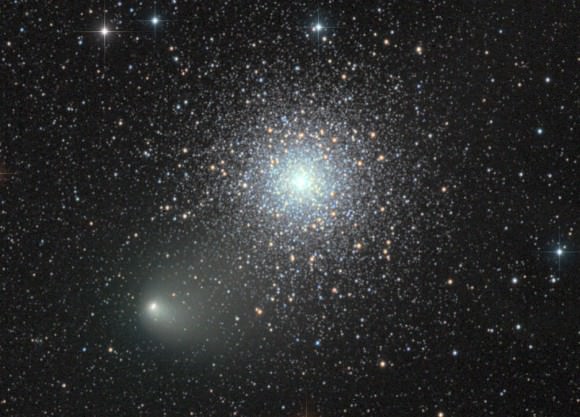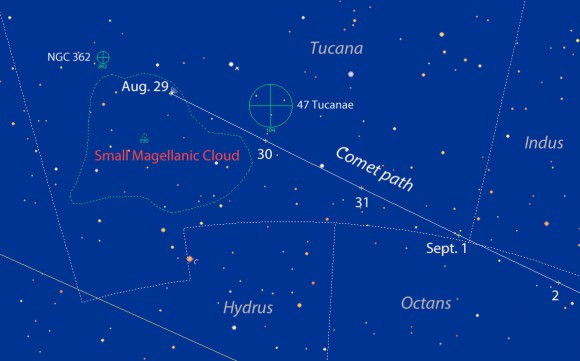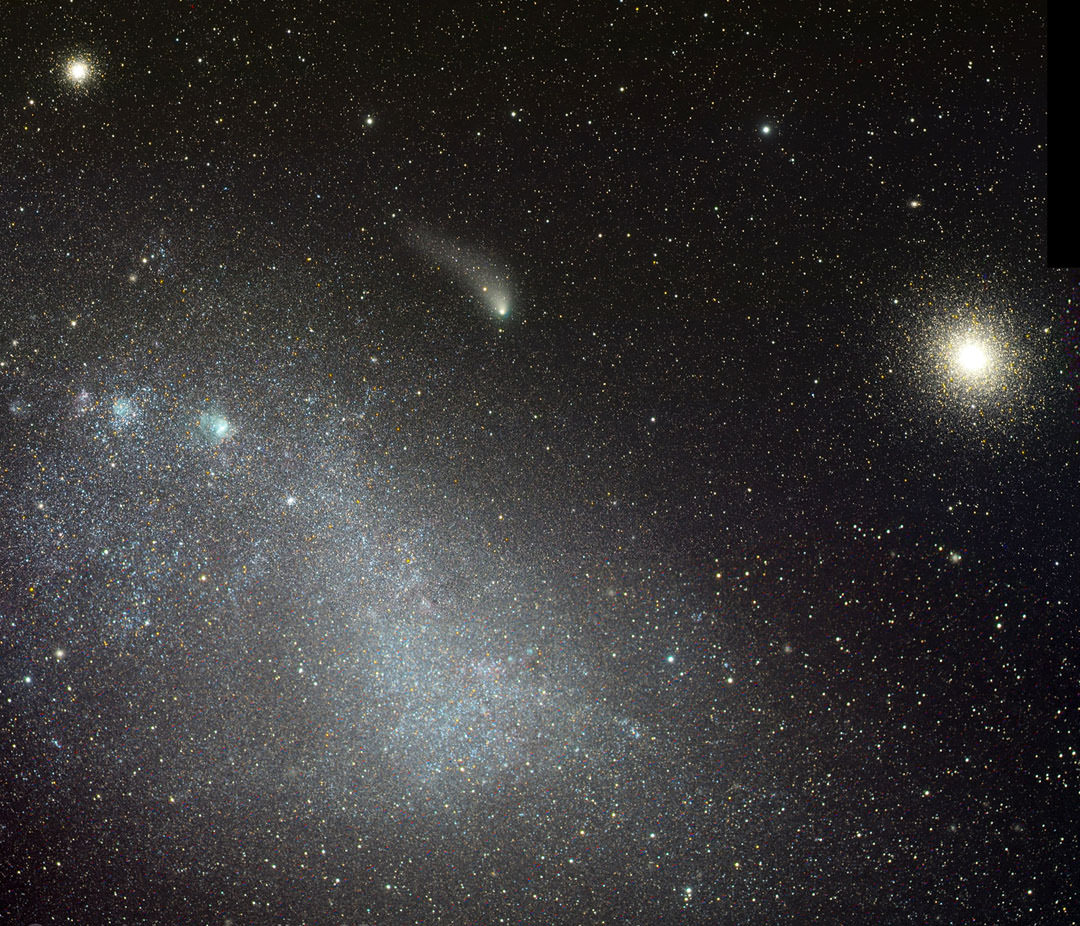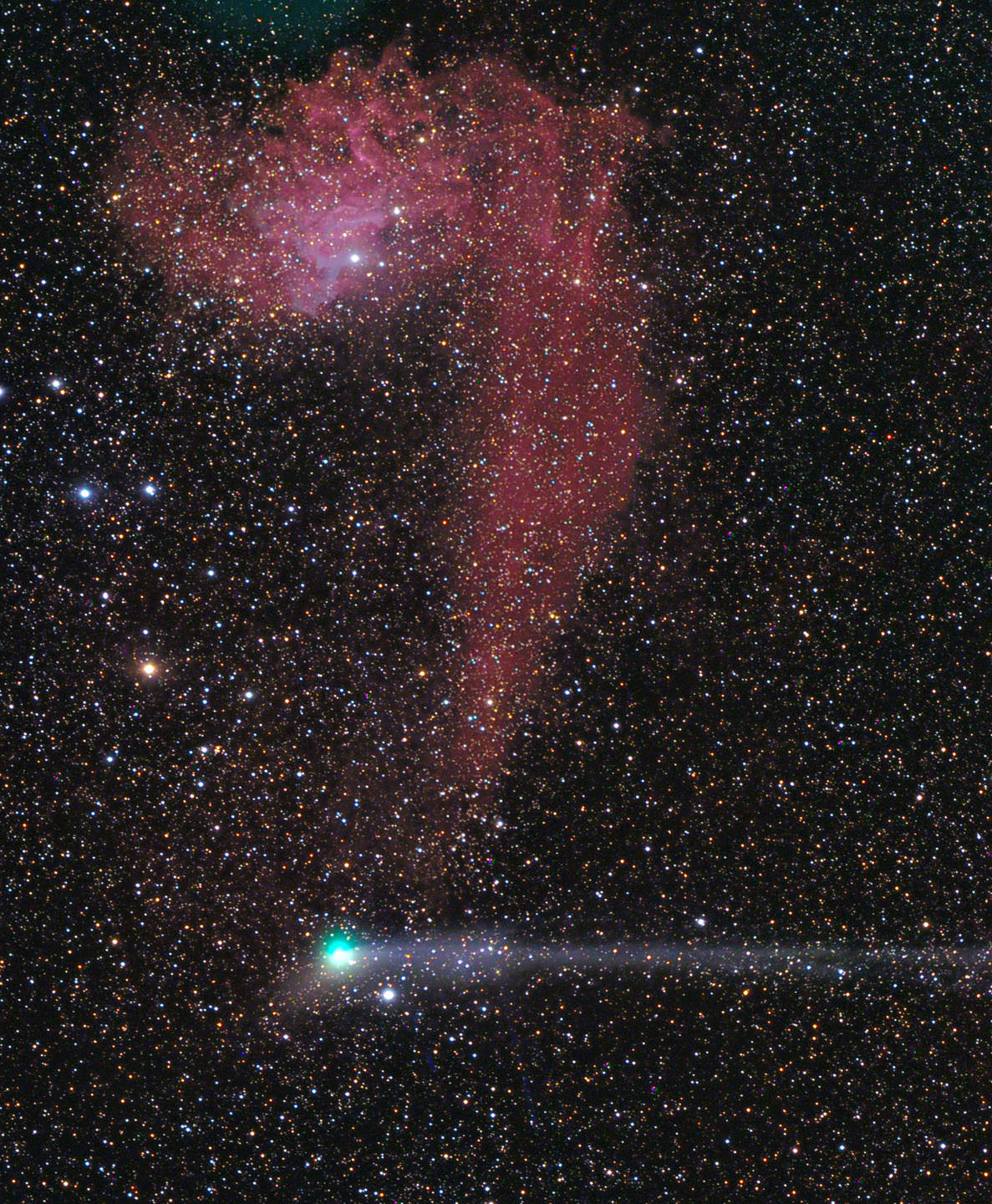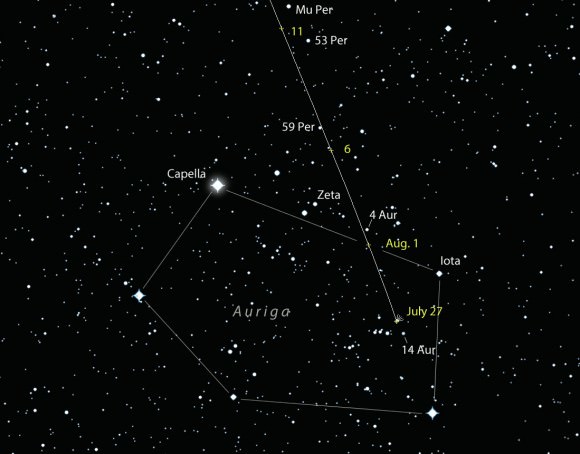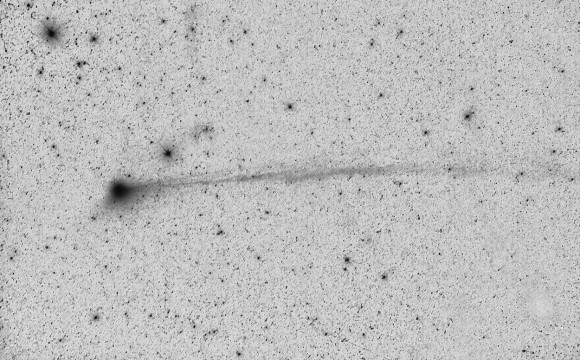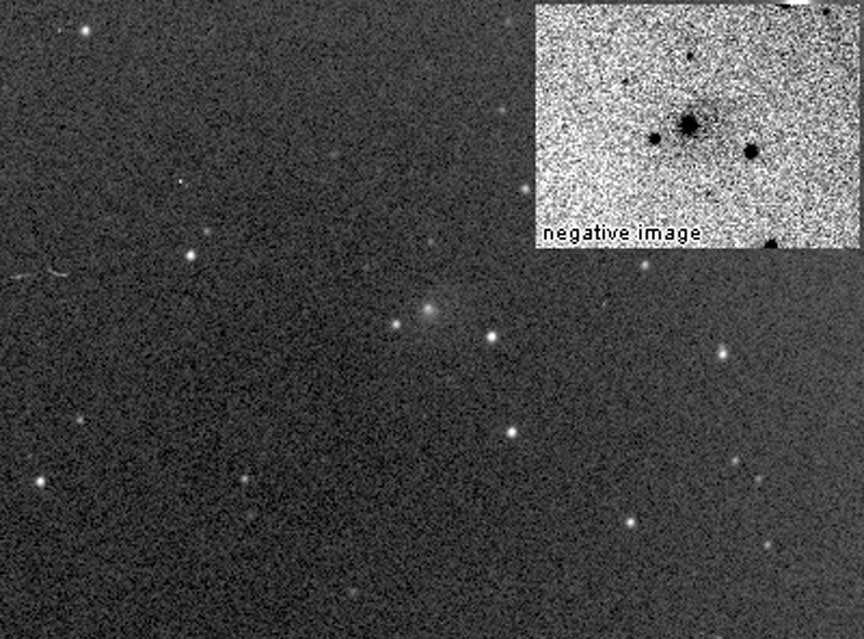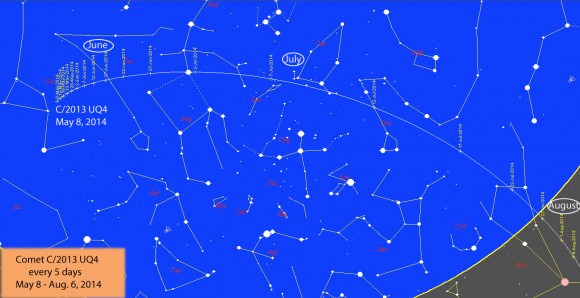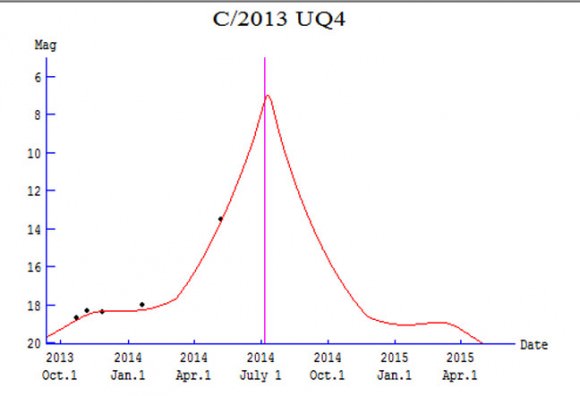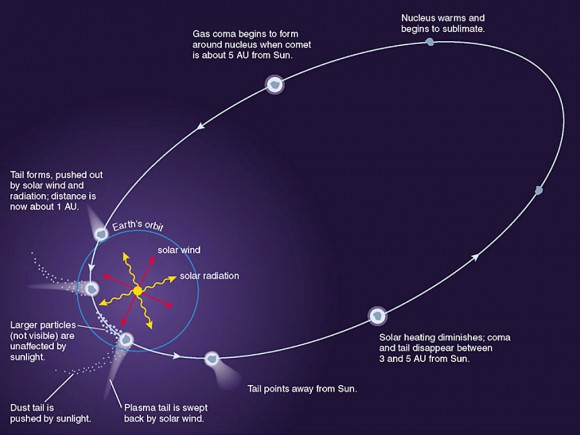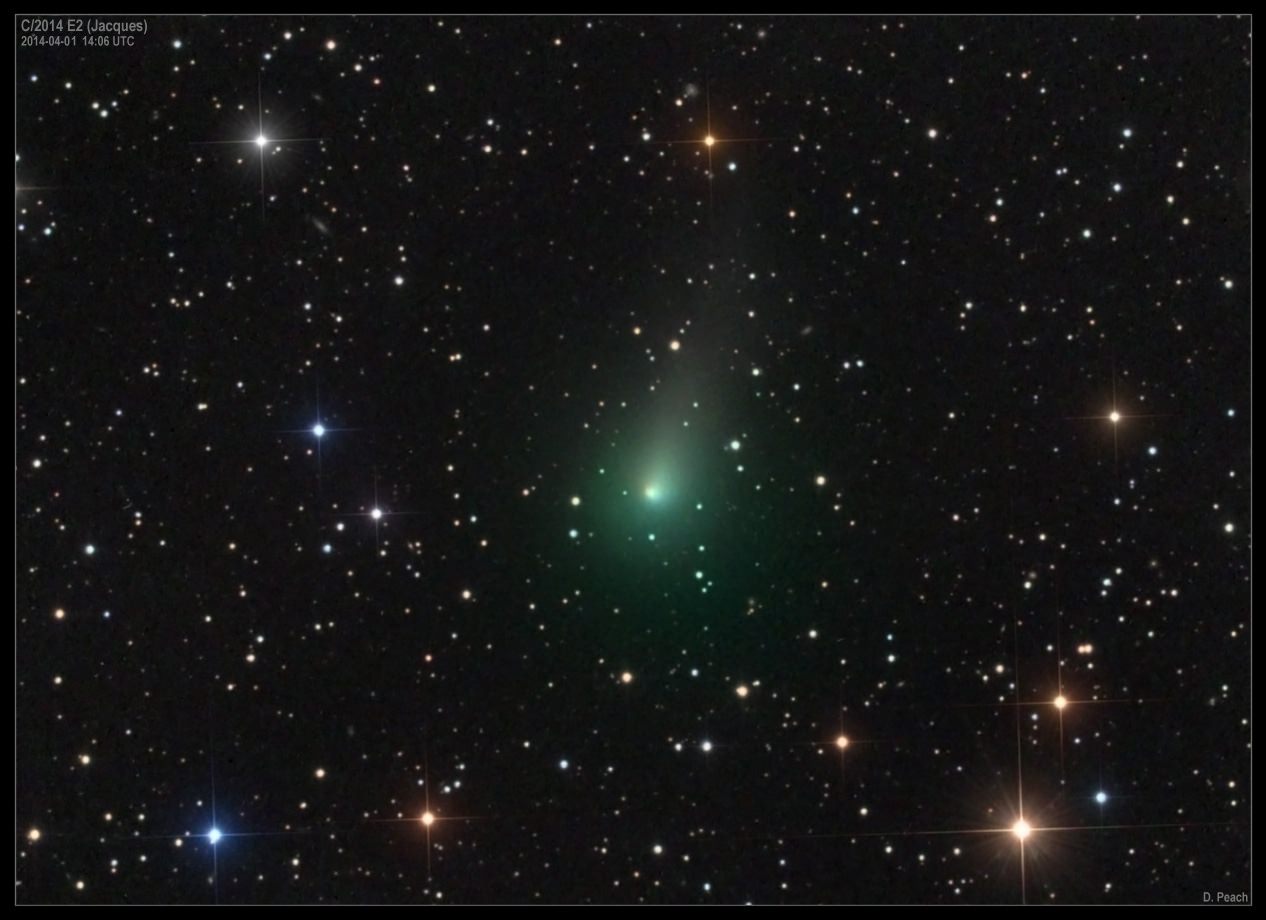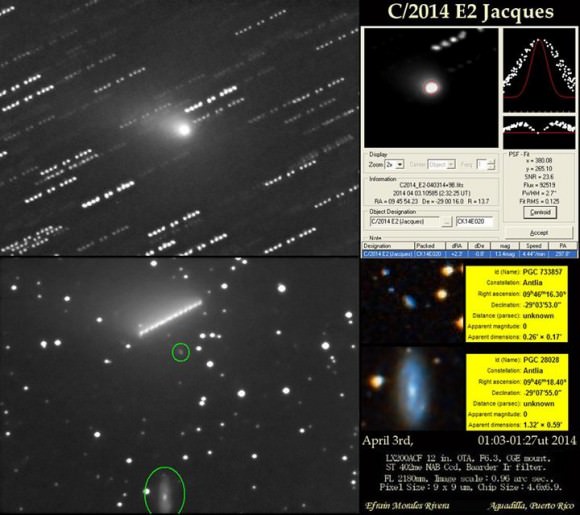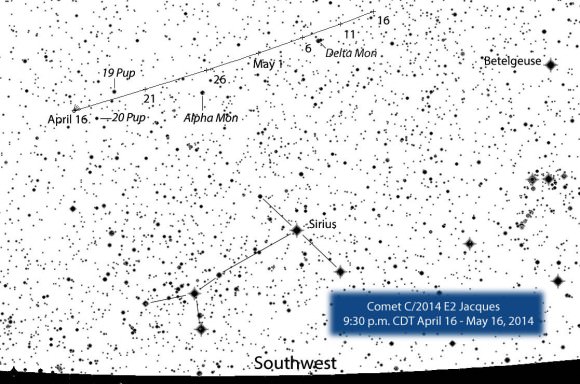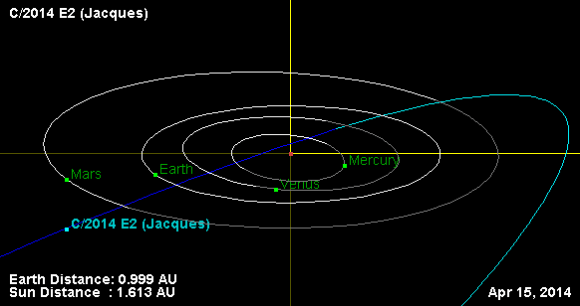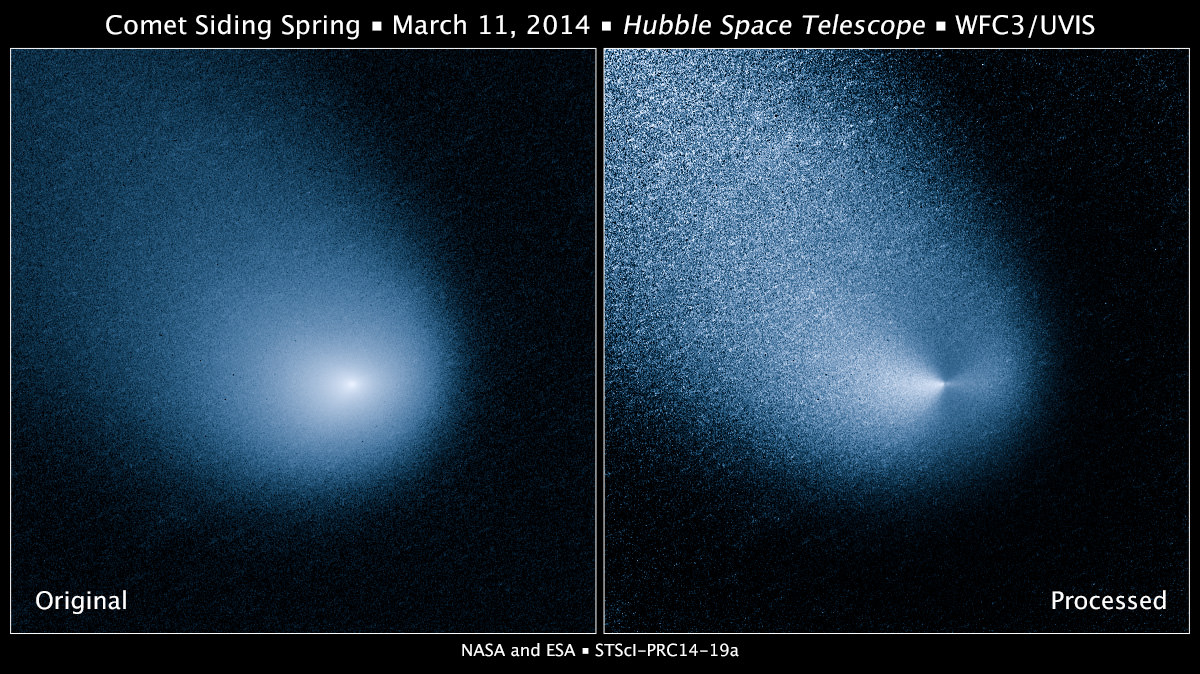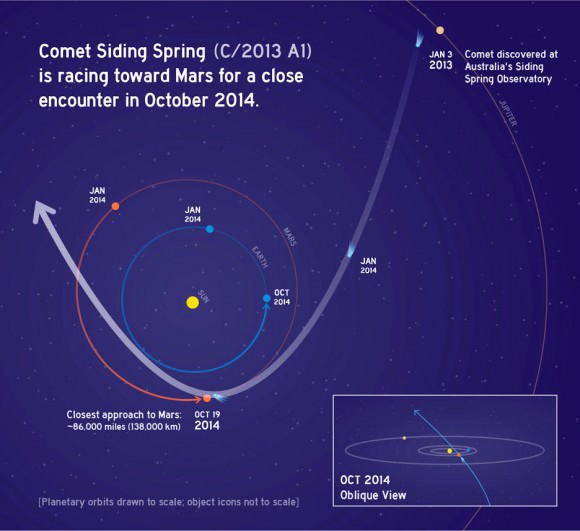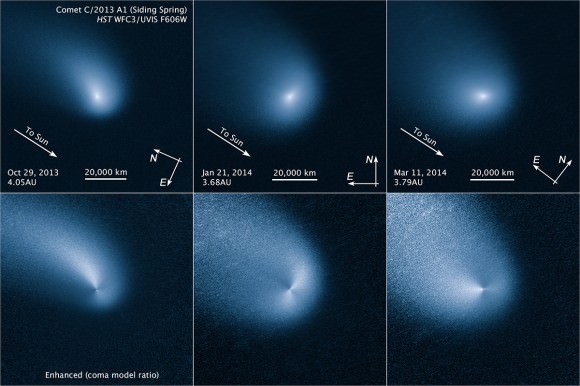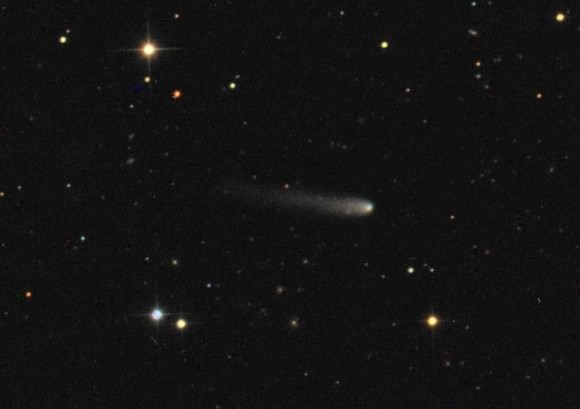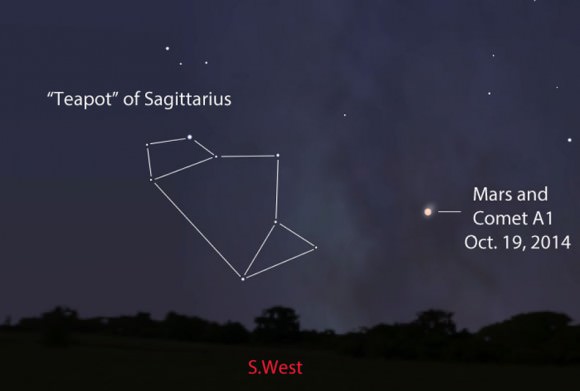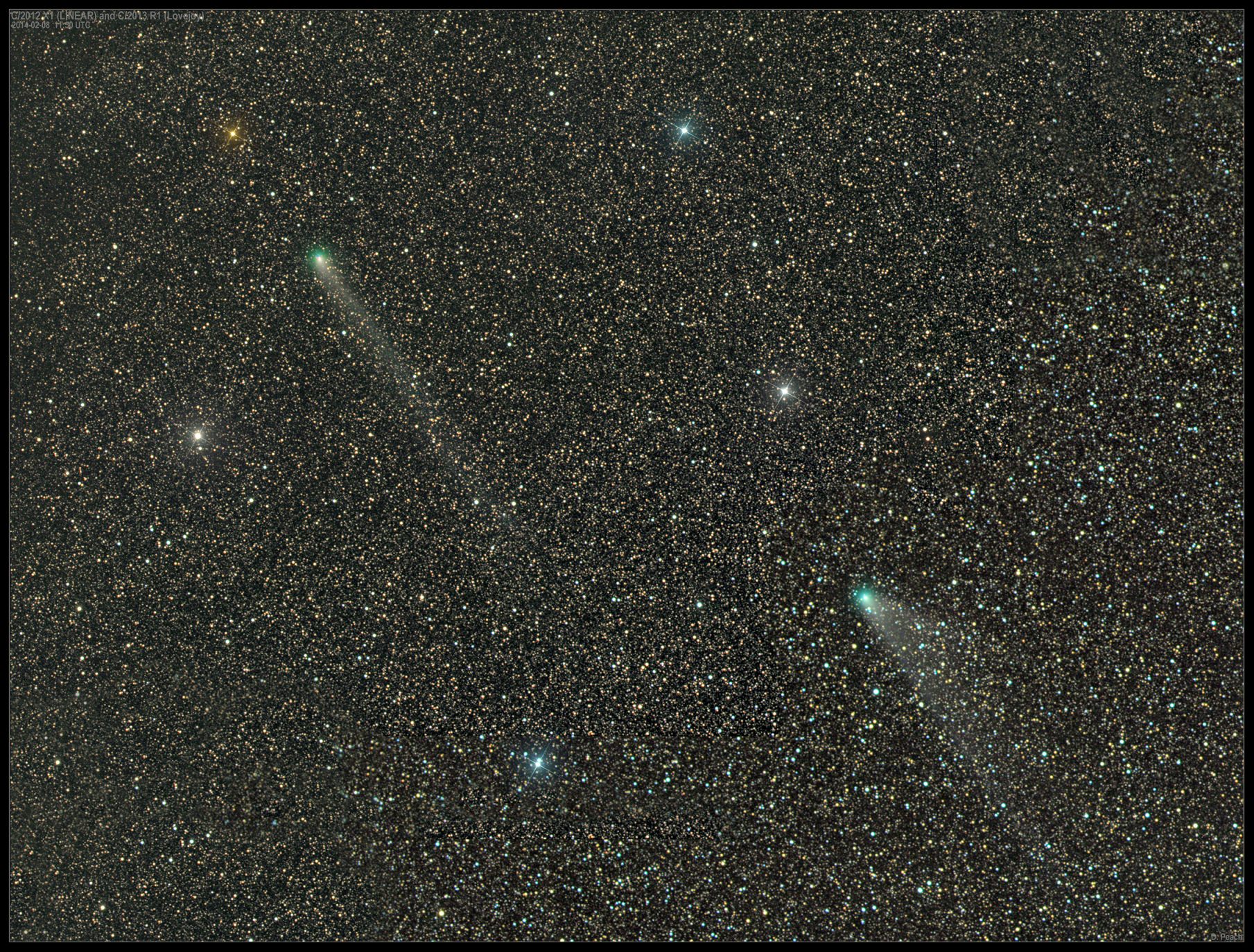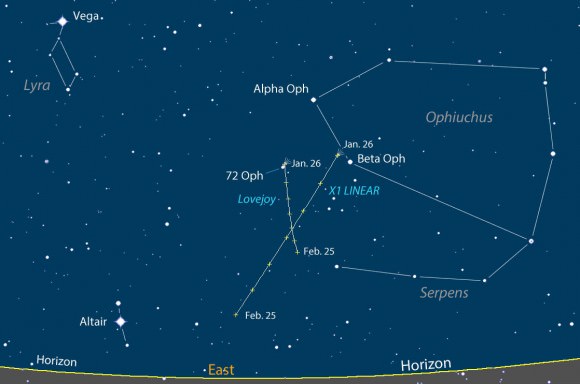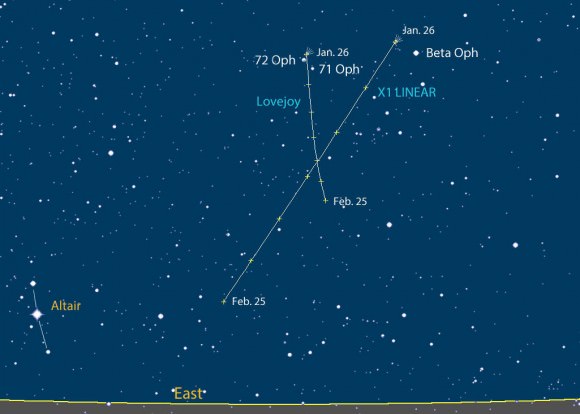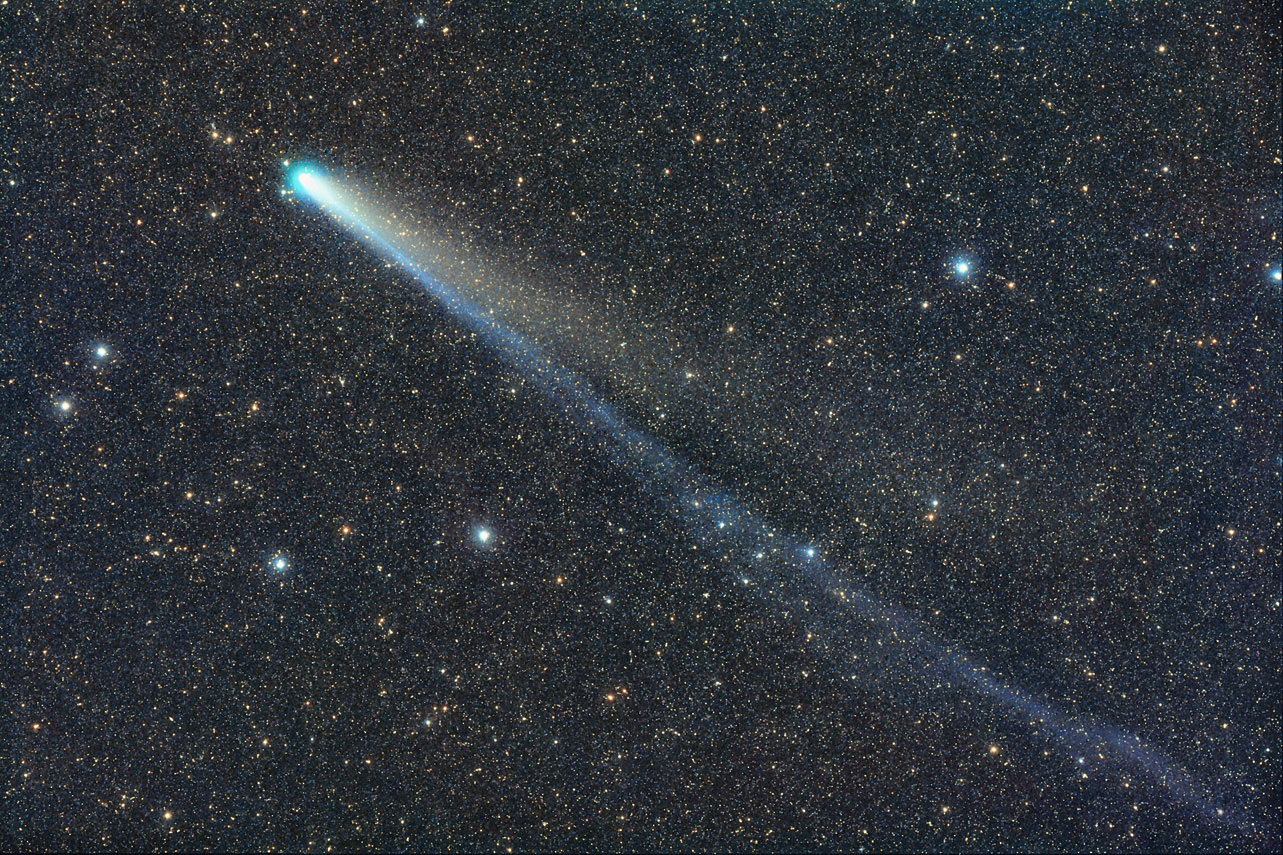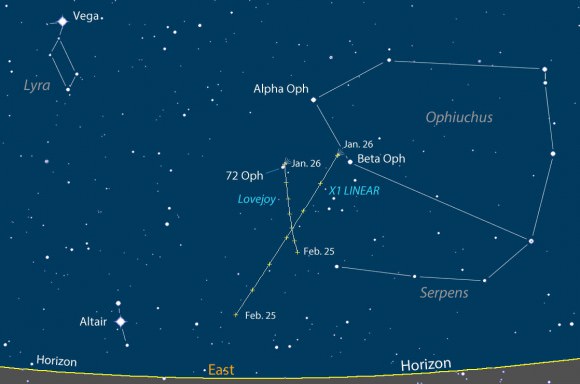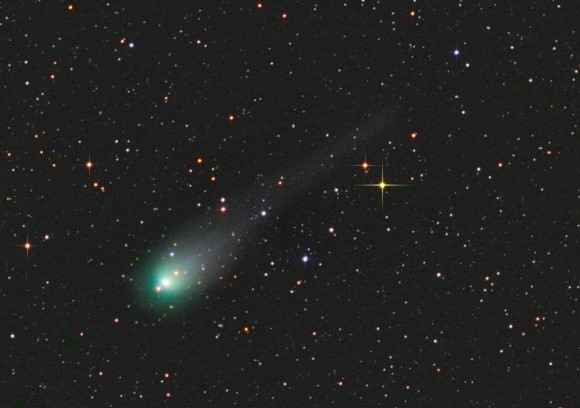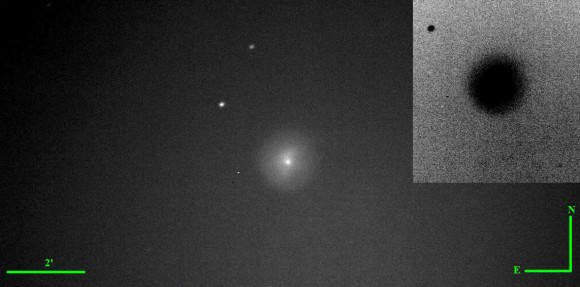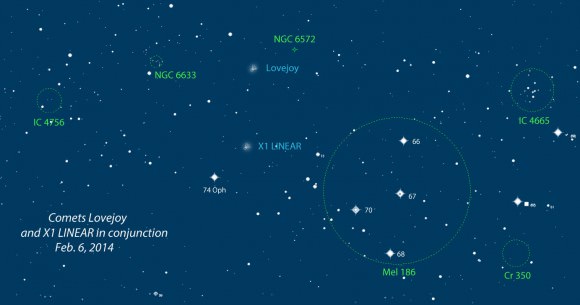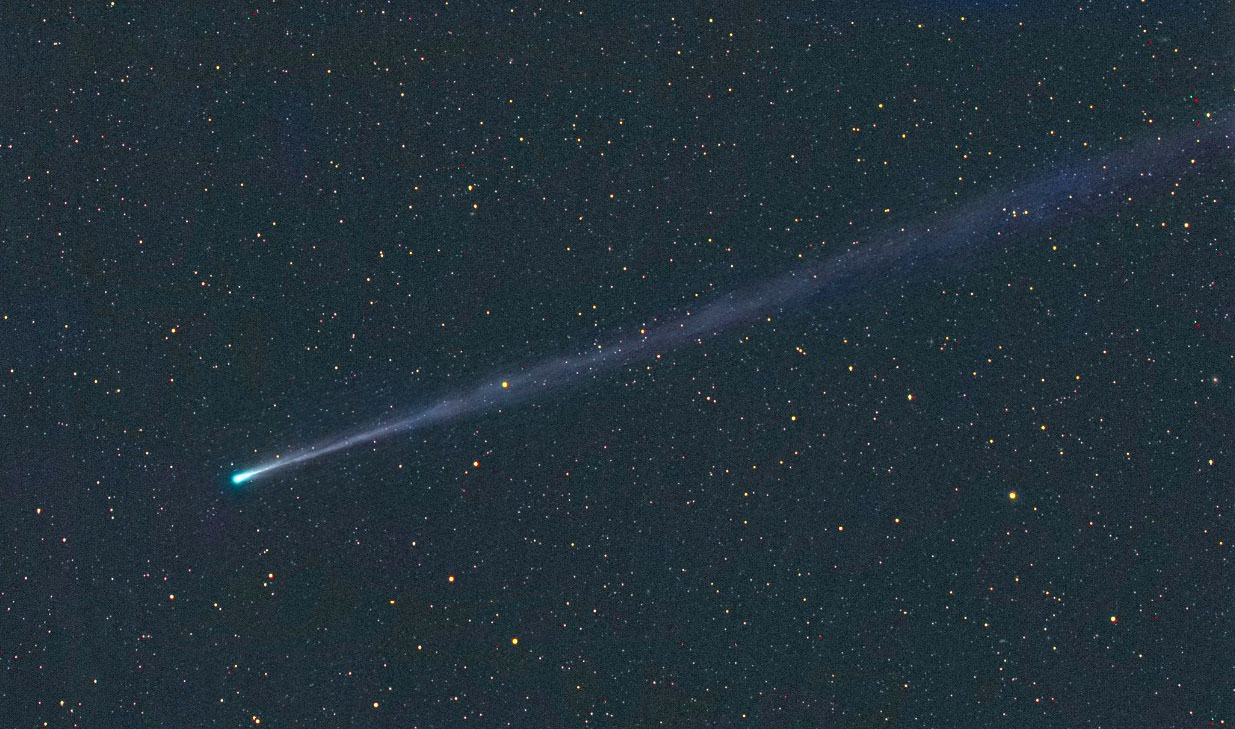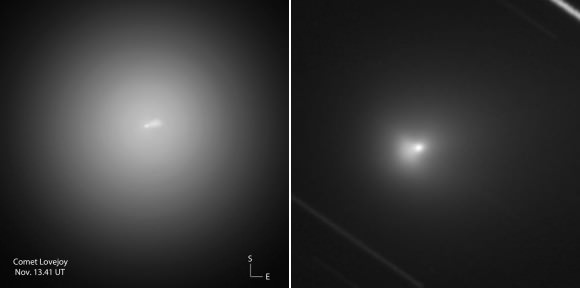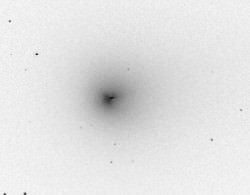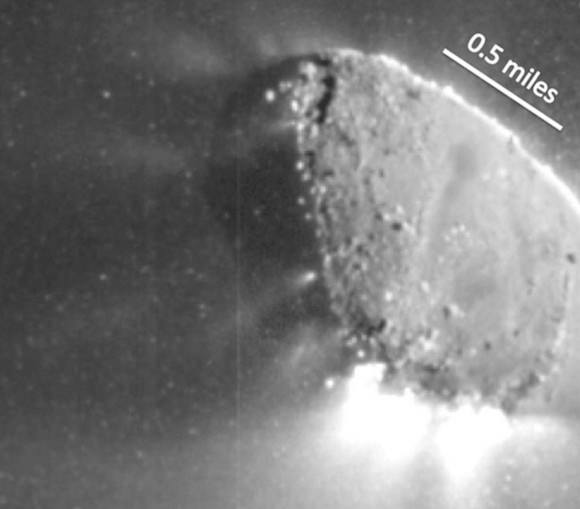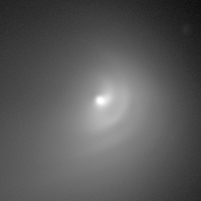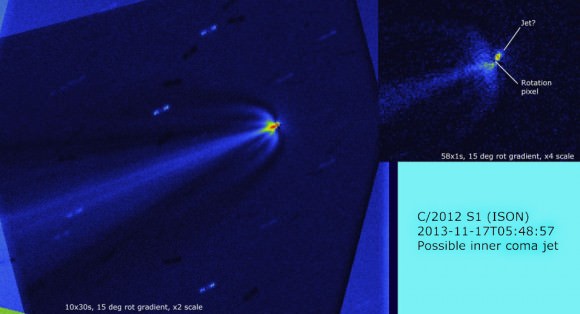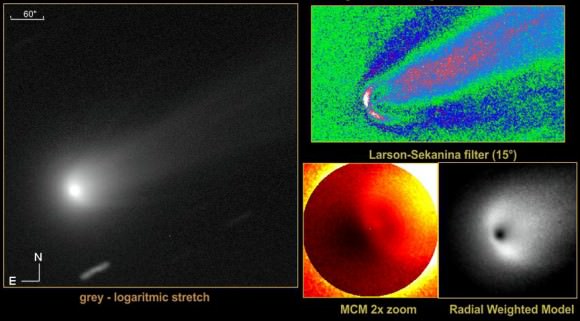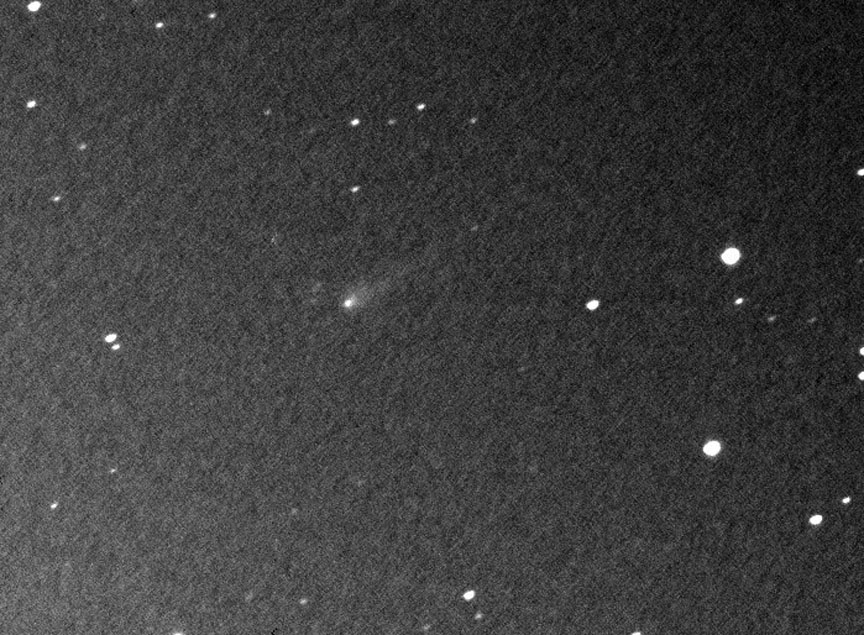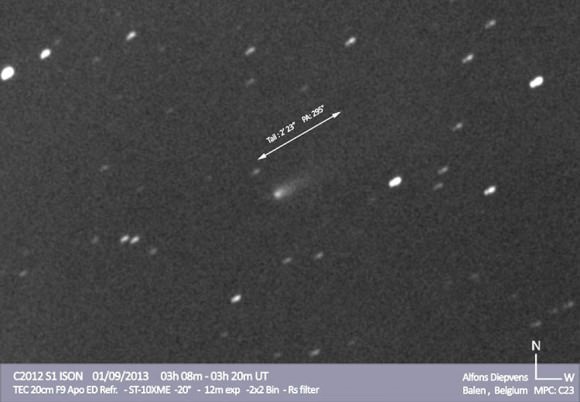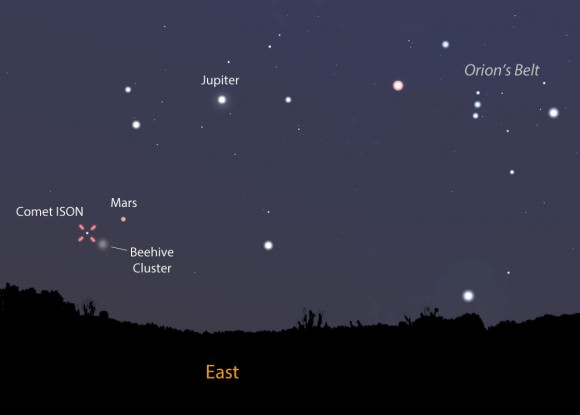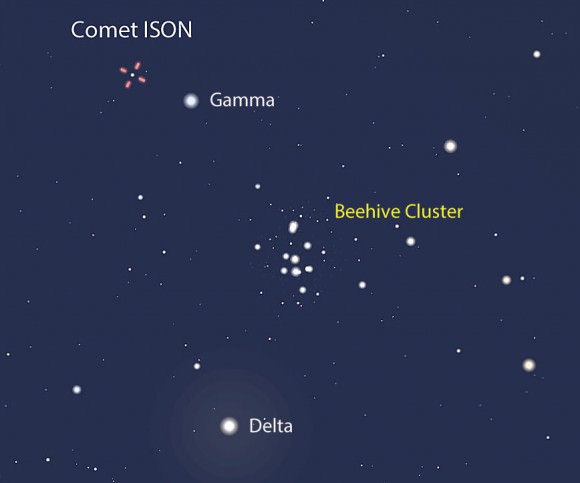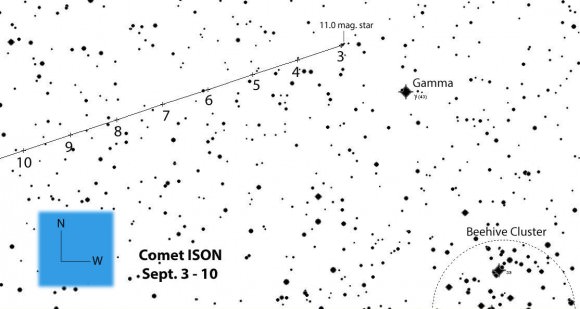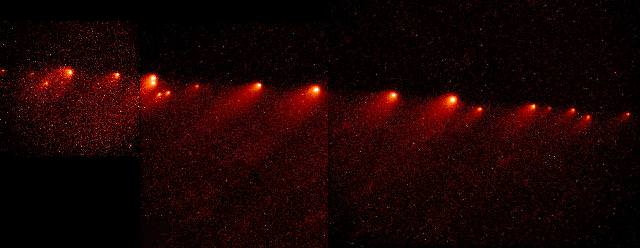[/caption]There are many interesting facts about comets. Some are about the different parts of the comet, others are about the effects that comets have had on humans and their behavior. This article will let you know about the different parts of the comet, the orbital habits of a comet, and the effects that comets have had on human behavior.
There are several interesting facts about comets. The first ones involve their nucleus. Comet nuclei can range from about 100 meters to more than 40 kilometers across. They are composed of rock, dust, ice, and frozen gases such as carbon monoxide, carbon dioxide, methane, and ammonia. They have been described as “dirty snowballs”, but recent observations have revealed that they have dry dusty or rocky surfaces, suggesting that the ices are hidden beneath a crust. Comet nuclei also contain a variety of organic compounds in addition to the gases already mentioned, these may include methanol, hydrogen, hydrogen cyanide, formaldehyde, ethanol, and ethane. It is also thought that they may contain more complex molecules such as long-chain hydrocarbons and amino acids. Because of their low mass, comets cannot become round under their own gravity and will have irregular shapes. Surprisingly, cometary nuclei are among the darkest objects known to exist in the solar system. They often reflect approximately 4% of the light that falls them . In comparison, asphalt reflects 7% of the light that falls on it. It is thought that complex organic compounds are the dark surface material. The very darkness of cometary surfaces allows them to absorb the heat necessary to drive their outgassing.
The most visible part of a comet is the coma. As a comet approaches the inner solar system, radiation causes the volatile materials within the comet to vaporize and stream out of the nucleus, carrying dust away with them. The streams of dust and gas form a huge, extremely tenuous atmosphere around the comet called the coma, and the force exerted on the coma by the Sun’s radiation pressure and solar wind cause an enormous tail to form, which points away from the Sun.
The coma and tail are illuminated by the Sun and may become visible from Earth when a comet passes through the inner solar system, the dust reflecting sunlight directly and the gases glowing from ionization. The streams of dust and gas each form their own distinct tail, pointing in slightly different directions. The tail of dust is left behind in the comet’s orbit in such a manner that it often forms a curved tail called the antitail. At the same time, the ion tail, made of gases, always points directly away from the Sun. This is because gas is more strongly affected by the solar wind than is dust, following magnetic field lines rather than an orbital trajectory. While the solid nucleus of comets is generally less than 50 km across, the coma may be larger than the Sun, and ion tails have been observed to extend 1 AU or more.
Most comets have elongated elliptical orbits that take them close to the Sun for a part of their orbit, and then out into the further reaches of the Solar System for the remainder. Comets are often classified according to the length of their orbital period, the longer the period the more elongated the ellipse. Short period comets are generally defined as having orbital periods of less than 200 years. They usually orbit more-or-less in the ecliptic plane in the same direction as the planets. Their orbits typically take them out to the region of the outer planets at aphelion. Short-period comets are further divided into the Jupiter family (periods less than 20 years) and Halley family (periods between 20 and 200 years).
Long-period comets have highly eccentric orbits and periods ranging from 200 years to thousands or even millions of years. Their orbits take them far beyond the outer planets at aphelia, and the plane of their orbits need not lie near the ecliptic. Single-apparition comets are similar to long-period comets, but have parabolic or hyperbolic trajectories which will cause them to permanently exit the solar system after passing the Sun once.
Comets have been instilling fear and awe into us since man first began to look toward the sky. As early as 240 B.C. the Chinese began to document the appearance of Halley’s Comet. Ancient Greeks believed that comets resembled stars with hair flowing behind them. In ancient times, before scientists discovered what exactly comets are, many people believed that comets were a curse or a harbinger of tragedy and misfortune. It was this belief that comets were a sign of a curse that led the Roman Emperor Nero to order all of his potential successors to be executed. More recently, in 1910, as the Earth passed through Halley’s Comet’s tail, businessmen took advantage of people’s fears of impending doom and sold items such as gas masks, anti-comet pills, and umbrellas to protect users from the dangers of the comet.
There are interesting articles about comets here and another one here. Here on Universe Today there is a great article that lists many of the interesting facts about the solar system. Astronomy Cast has a very good episode about the icy outer solar system where many comets originate.
Source: NASA
